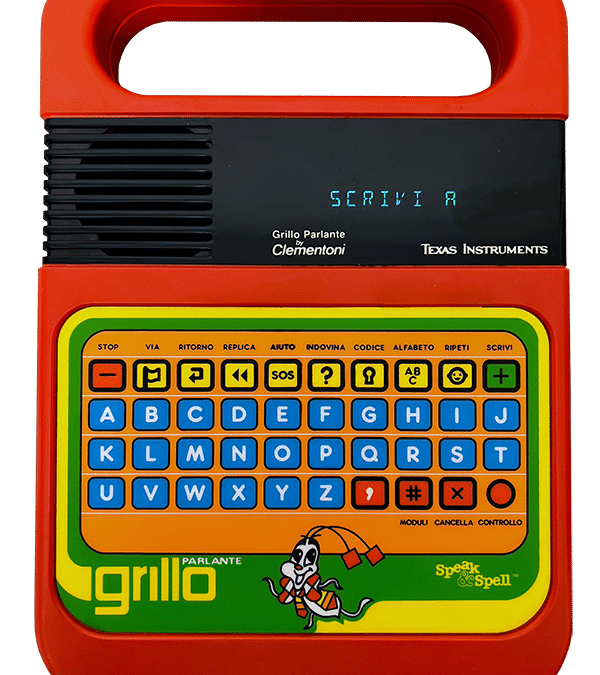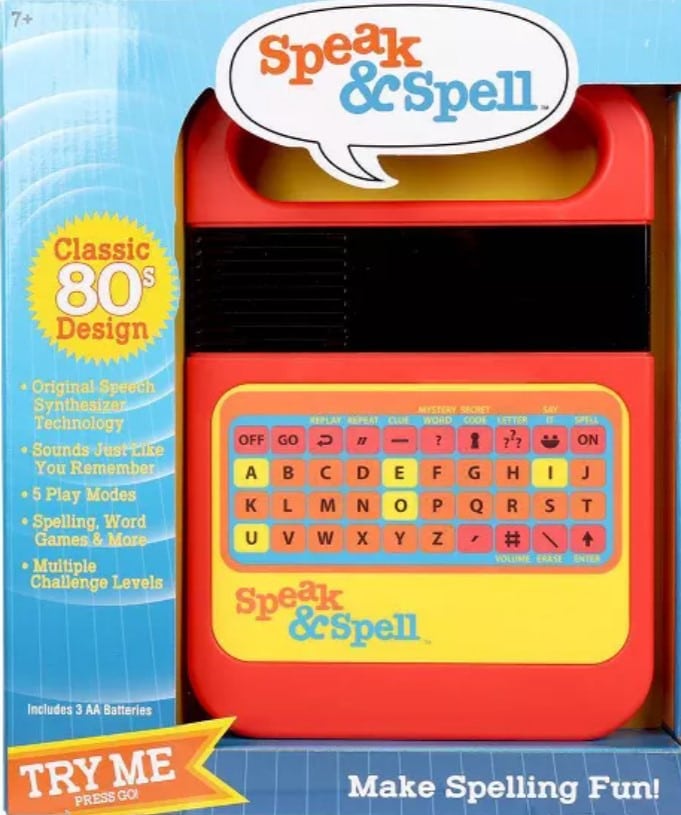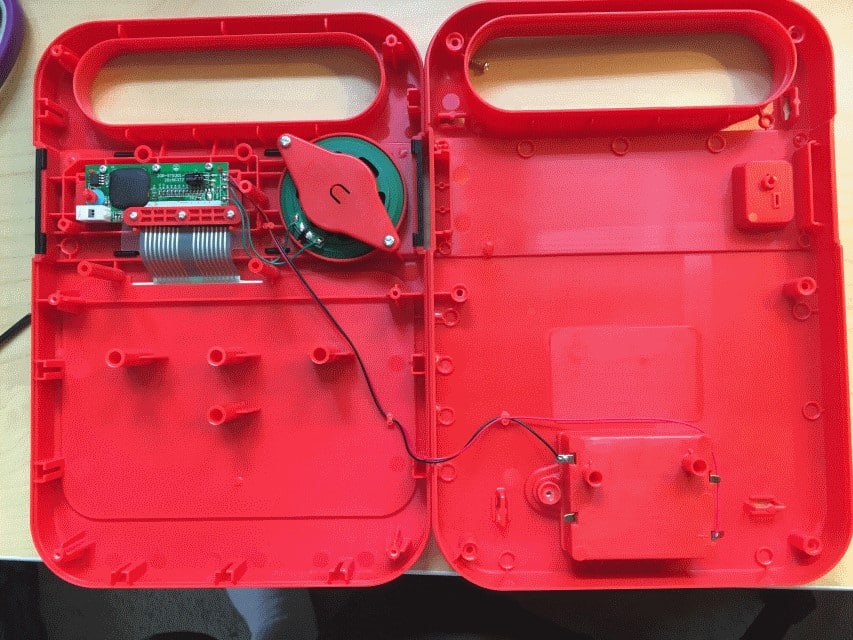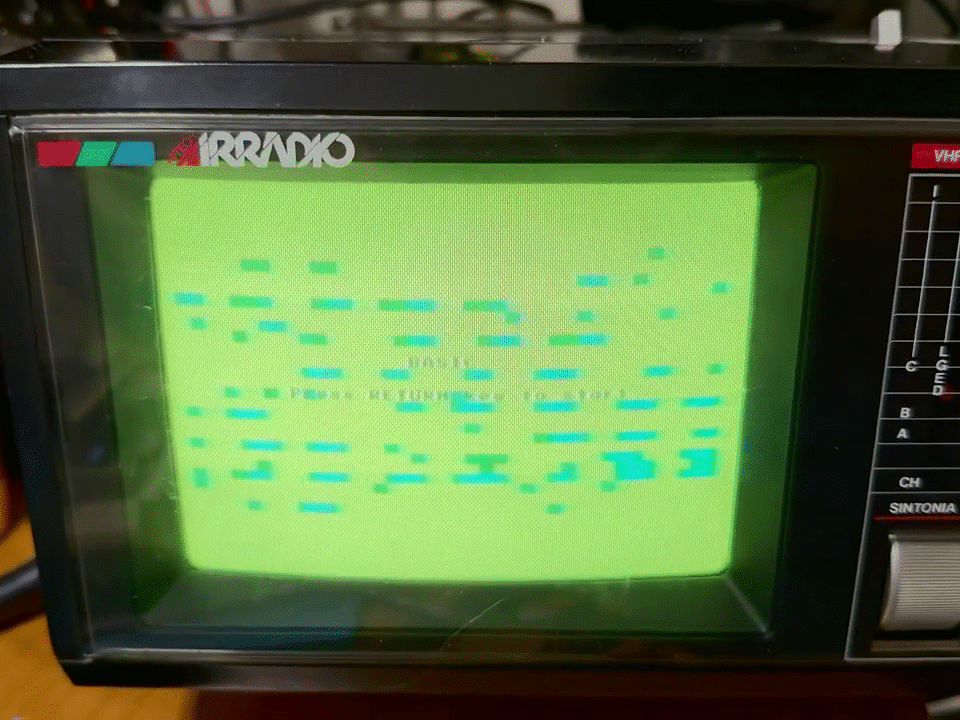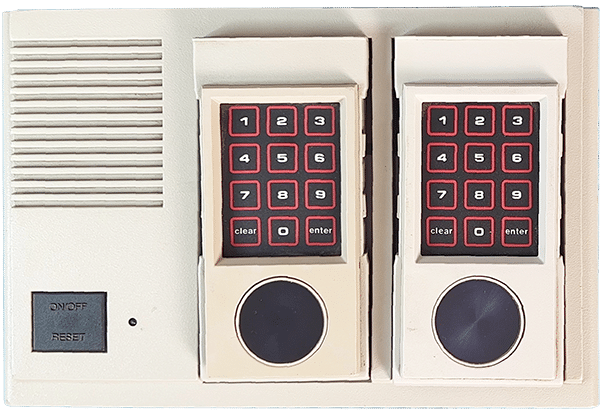
5-button joystick for Commodore
19 October 2022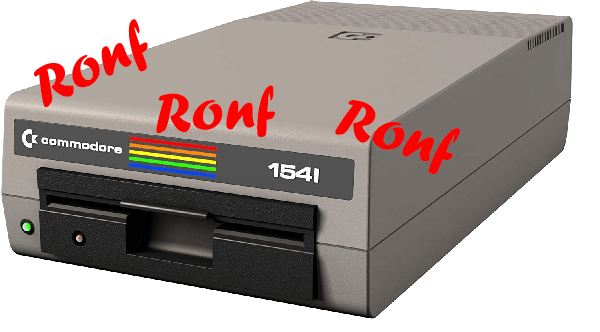
Commodore 1541 spinning fix
7 November 2022SHORT STORY
Born from the minds of engineers at Texas Instruments in 1976, the "Speak & Spell" (as it was called in the country of origin) was a game device that wanted to help children over 7 years to improve the spelling of the most difficult words. . It was marketed from 1978 to 1992 in various countries, assuming the title of "Talking Cricket" in Italy, "La Dictee Magique" in France and "Buddy" in Germany.
In 2009 he rejoined the IEEE Milestones for the year 1978 as a product that was the first to use a Digital Signal Processing for speech generation.
It could be integrated with cartridge expansion modules that were inserted into the battery compartment (the one for the English language on the right in the photo) capable of adding new words usually in different languages:
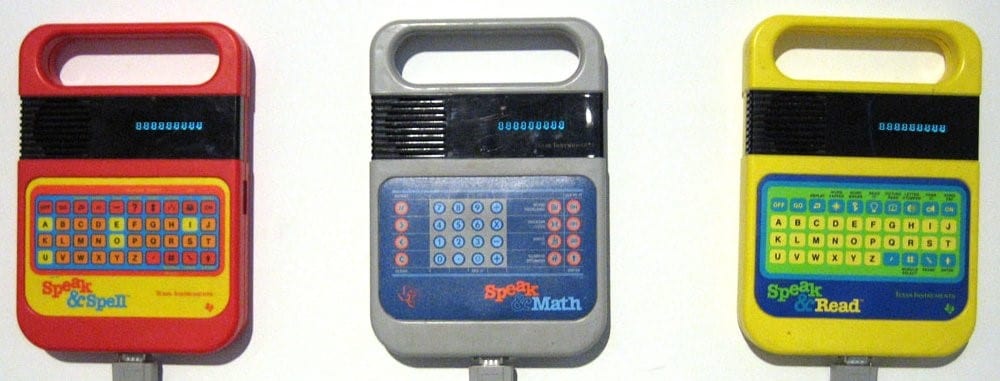
In 1982 a “compact” version without display was also produced (photo opposite).
Also available for the UK market only in the “Speak and Write” version (photo below).
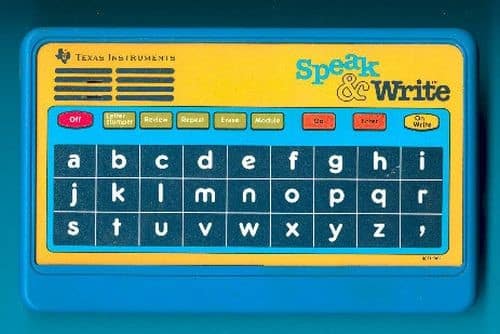

In 1983 it was made available in Italy by Clementoni with the name we all know only in the version with a membrane keyboard.
In 1988, to celebrate the 10th anniversary of its first release on the market, an Italian version came out with the module and headphones included in the package.
In 1989 the “Super Speak and Spell” version (in Italy “Grillo Parlante Più”) was released which changed both the aesthetic and functional characteristics, equipped with LCD display, QWERTY keyboard and incompatible with the old expansion modules. This product will not be covered in this article.
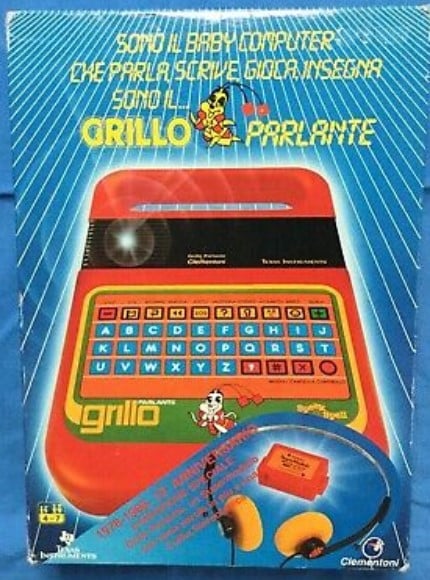
As did
Inside it was equipped with a Texas Instruments TMC0270 CPU and had an LPC Speech Chip TMC0281 (also called TMS5100) which allowed to pronounce letters and words to guide the child in the use of the "toy". It also had 2 additional 128Kb ROM chips that contained the digital voice data (TMC0351 + TMC0352); the Italian version instead contained a single 256Kb CD62190 chip with the processed data recorded by the voice of Luciano De Amborsis !).
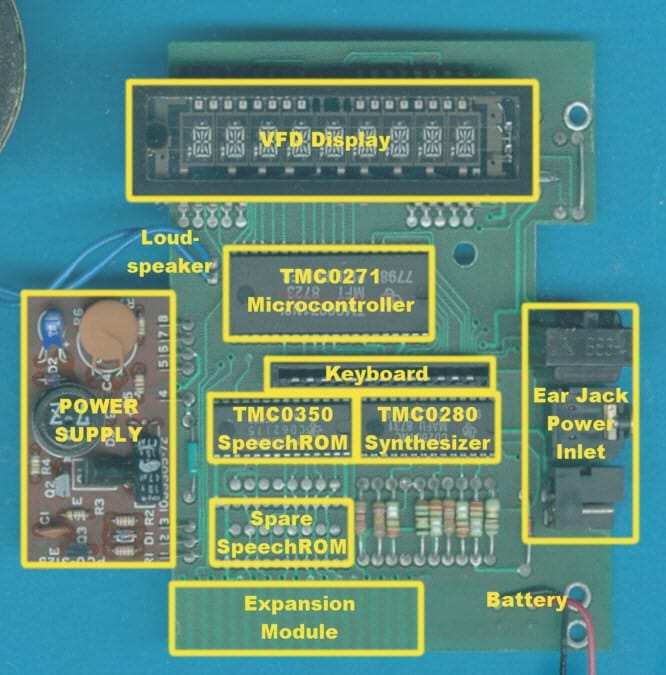
The operating scheme was as follows:
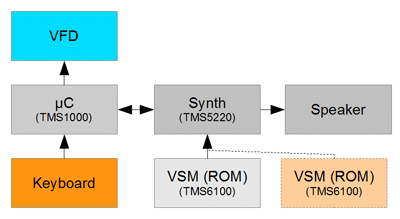
To sample the data, a professional speaker read the words that were acquired in a recording studio located in the city of Dallas while the European versions in a place near the city of Nice; all the recordings were then processed in Dallas through a minicomputer but often the data obtained (which had a negligible bitrate of about 1000 bits per second) were difficult to understand and had to be edited by hand to make them acceptable.
You can read an exhaustive and detailed explanation of their operation in this fantastic job by the same author of NeoCD SD Loader. The same dev also created a github page where he entered the commented code of the main chip!
Display
The type display VFD was single line consisting of 8 characters:
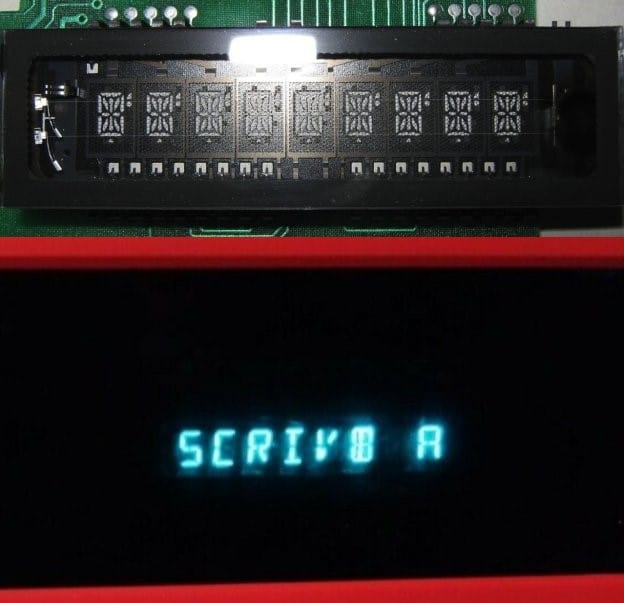
Keyboard
The keyboard, in a first version with physical keys obtained by combining 2 4 × 5 keypads, and in a subsequent membrane version with a 4 × 20 matrix, was connected to the main board through direct pins in the first revision and through a 13-pin connector in the membrane version:
First version
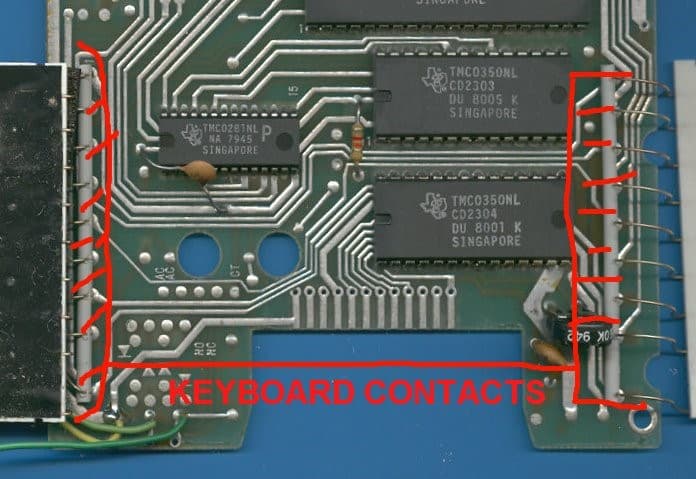
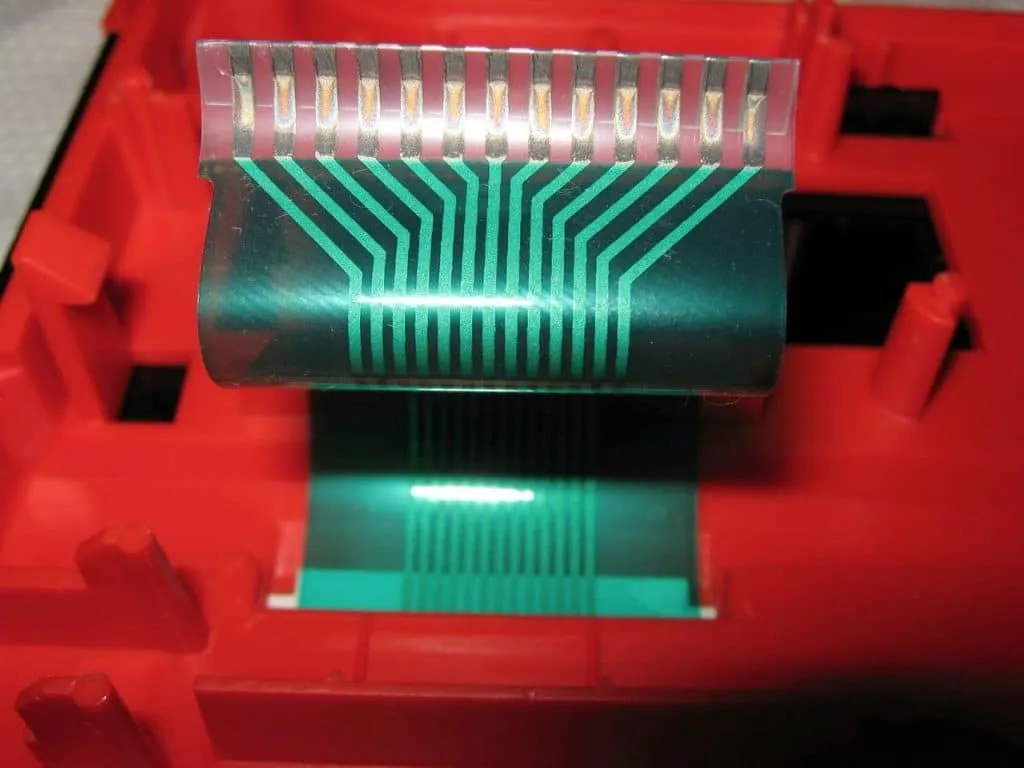
The keyboard had no numbers and in addition to the letter keys it had several "special" buttons: STOP, GO, RETURN, REPLY (to repeat the last indication given), HELP (to receive a hint during the game), GUESS (to start a game in which a hidden word had to be guessed by trying with the letters of the keyboard), CODE (a game that, once entered a word, modified it by replacing the letters with a precise criterion, in order to form code words), ALPHABET (was written one letter at a time and the Cricket pronounced it) and REPEAT (game in which the device made the child repeat a sequence of words).
At the bottom were other keys: the apostrophe key which, once pressed, produced the unmistakable "sound" of the cricket, the MODULES key (#) (which allowed the use of a sort of expansion modules: press once to go to the words contained in the new module, press again to return to the original vocabulary), DELETE and CHECK (with which the toy checked if the word entered was correct).
In the event of an error, the first time, the device would say the phrase “I am not receiving! Try again and check ”and pronounced the word to write again. On the second consecutive error Grillo said: “I have not received! I had asked [word-request] ”followed by the spelling, and the game could go on.
More info
Everything was powered by 4 batteries type (C) also called "half torch" or with a 6V 1.2A power supply - Positive Center:
The toy also had a headphone output:

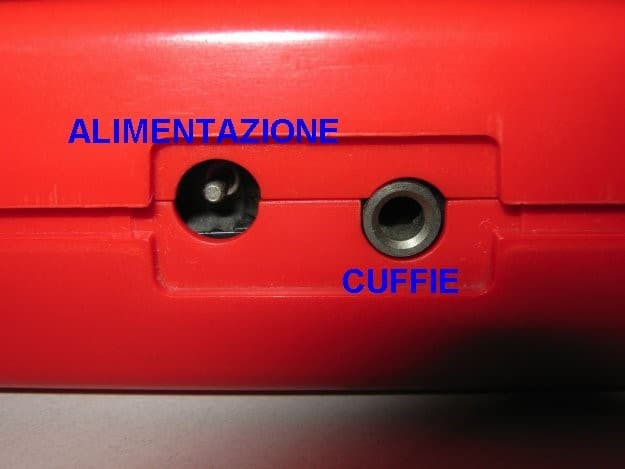
WHY IS THIS OBJECT VENERATED?
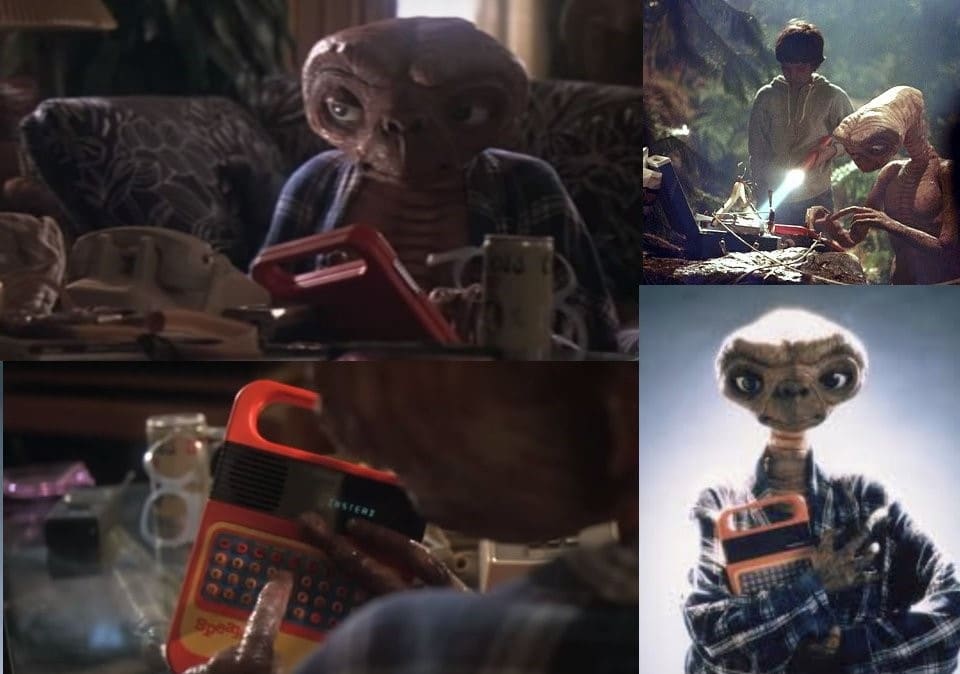
These images speak for themselves… it was the power tool used by ET to “PHONE HOME”… how much imagination and how many indelible brain marks could this contraption ever have produced in the minds of future geeks at the time ???
To stay on the subject, look at what the French expansion module looked like:
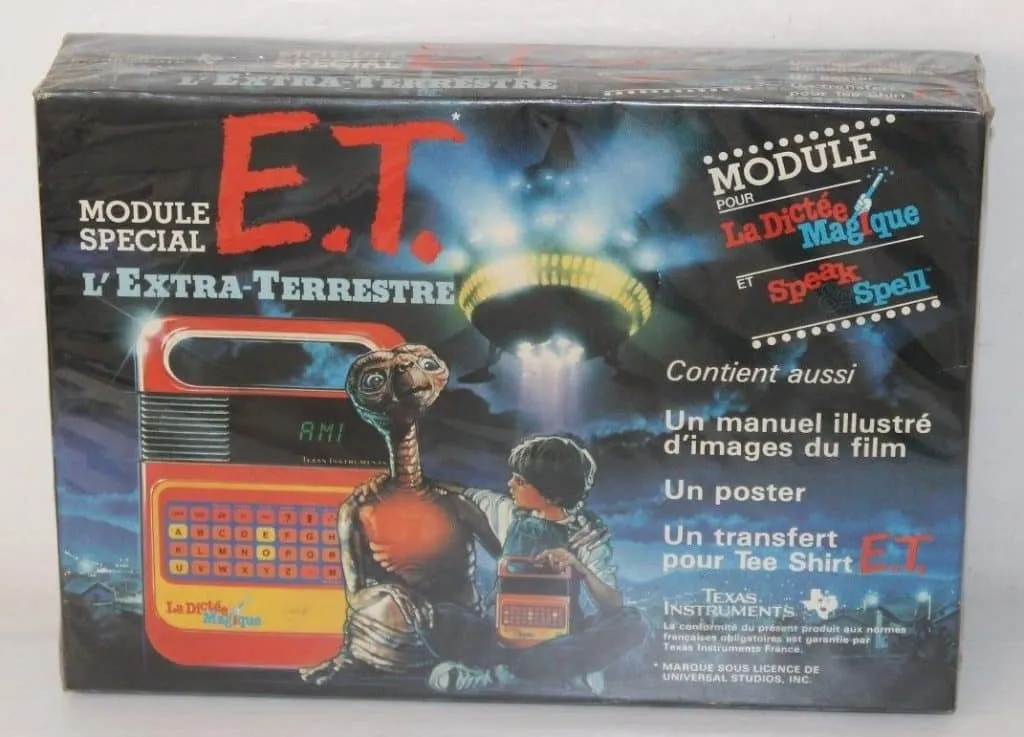
Did you shed a tear? Are you about to go and see how much Jiminy Cricket is sold on ebay? But yes, come on, throw away these 40-50 € to plunge back into a wonderful feeling of nostalgia! Unfortunately I did and ... after giving 20 € for a non-functioning unit in the hope of being able to recover it ... I had a surprise ...
MEMBRANE KEYBOARD HACKING
The girl who sold it to me probably kept / found it in a place that defining "damp" is an understatement ... oxidized contacts, 1 power supply wire disconnected ... oh well ... let's clean it up ... nada ... come on, let's do other tests ... inattention I made a short circuit on the power supply card with the metal edge of the speaker that blew up a transistor… component apparently difficult to find… found on ebay for € 4… now it turns on but… the keyboard doesn't work! Because ? We unplug this blessed membrane keyboard to discover that… the tracks are all eaten up by humidity and no longer lead… impossible to go over ALL of them with the conductive paint marker… so?
TA-DAAAAAN!
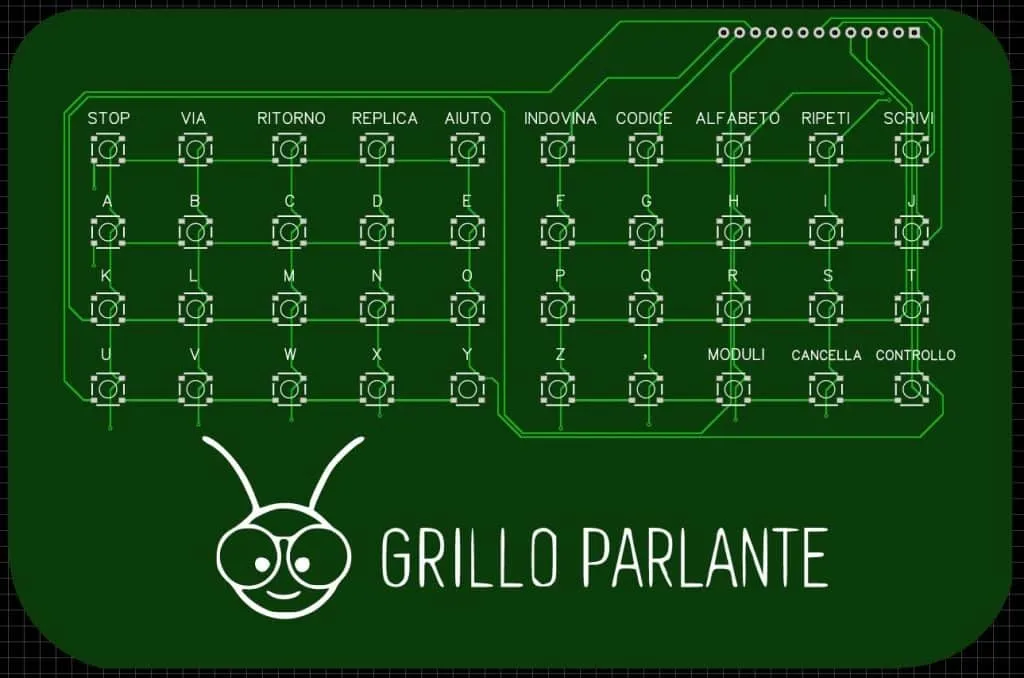
My super-friend created an ad-hoc PCB with 40 pins to be soldered (in reality he did all the repair tests, I limited myself only to doing only the damage ...):
on which to reapply the original membrane!
Total price of the material for the new keyboard about 24 € (but I will have another 4 PCBs!) + 4 € transistor gone… moral… maybe I was buying it used and working before but… do you want to bring it back to life? I have to take a photo in the pose of ET phone home ...
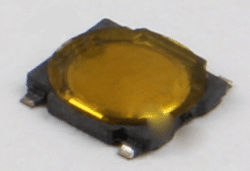
BENDING

By building appropriate circuits you can therefore take advantage of these "new" sounds, transforming the Jiminy Cricket into a sort of DJ console:
SIMULATORS AND EMULATORS
One of the first simulators was the program SASS for Windows.
Subsequently, the various chips contained were dumped at the end of one correct emulation through the MAME: to be able to "play" you have to press the ON button on the right and then ... have fun (if you don't hear anything, check that you have the online emulator audio activated). Here you can find the source.
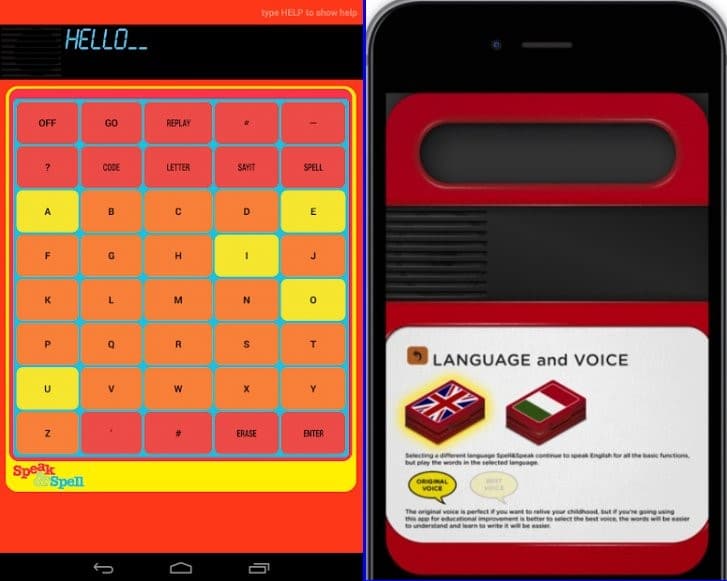
Note
Apparently someone in the USA in 2019 has put back on the market in the Target chain of stores a product that externally looks very similar to the original:
The distributor seems to be "Basic Fun" but in the box it says "Kahootz" ... Chinese clone? As you can see internally it is definitely different from the original (so forget about the "bending" possibilities). If you are curious to try it maybe you can still find it on Amazon with the name of "Basic Fun Speak & Spell Electronic Game".

